Transgender man is ready to talk about masculinity. In fact, he wrote the book on it
Published in Books News
Shannon T.L. Kearns is ready to talk. Ready to talk about why being a man can be confusing. To talk about masculinity, hopefully without the word “toxic” in front of it. And to talk about why, as a transgender man, he has a unique perspective on all of that.
Kearns hopes his self-help book, “No One Taught Me How to Be a Man,” will spark conversation about what manhood means. He says his “big dream is that groups of men will buy it and read it and have conversations and create community around the topics and ideas.”
The book says that, yes, a lot has changed in our culture and is still changing. That can be confusing. But it also can be an opportunity to re-think what it means to be a man.
“We get to chose what our embodiment of masculinity looks like and we have the responsibility to choose well,” said Kearns, 44, a playwright, author, ordained priest and teacher who lived in the Twin Cities from 2009-2022, when he and wife Ashley Hovell moved to rural Kansas.
We chatted with him about his book and about his fresh perspective on being a man.
Q: You write that there were times you felt like everyone else had a manual that helped them figure out how to be a man but then realized that nobody is sure how it works. Can you talk about that more?
A: Part of the gift of this journey has been realizing there’s no manual and that we all get to co-create it together. So now, when I also think about healthy masculinity, my “manual” is derived from all sorts of things: listening to the voices of women, of people from other marginalized communities, from cis [people whose identity matches the gender they were assigned at birth] men and trans men. It’s listening to my own body and experience to figure out how to embody masculinity in a way that both feels authentic and comfortable and right to me and that tries to do no harm in the world.
Q: Reading the book, I wondered if it might not be helpful just to get rid of “masculine” and “feminine” and concentrate on being human.
A: I get that. I think a lot of people are struggling with that, especially folks for whom maybe those terms have been used as weapons against them. I think what happens when we don’t grapple with those terms and instead try to throw them out, though, is we end up not getting to the root of the thing that needs to be uprooted.
Q: Say more about that?
A: It might be we do get to a place where we say, “I don’t need this term,” “I don’t want this term.” But at least we know what we’re rejecting. The other thought is I do think there will always be people for whom masculinity or manhood or being a man feels important, and we can probably unpack a lot of things around why that is. Some of those things might not necessarily be good. But I think grappling with healthy masculinity might be a steppingstone for some of those folks.
Q: Who do you think the book is for?
A:Any folks who are masculine-identified and feel like something isn’t right. I think it is for folks who have found something in their own experience of masculinity that they feel out of step on. That’s who I’m hoping will pick this book up. I also think it could be helpful for women to kind of eavesdrop on the conversation.
Q: It’s early, obviously, but what sort of reactions have you gotten to the book?
A: One reviewer said it read like a talk from a big brother, which I thought was a beautiful sentiment. There are also folks who struggle with the fact that it was written by a trans guy and don’t think trans folks have a window into talking about masculinity.
Q: For trans people, putting themselves out there can be vulnerable, can produce blowback, right?
A:I have a feeling this book, in particular — especially at this moment we’re in — is going to generate a lot of that. And I am already braced for it.
Q: The dialogue around use of bathrooms by trans people has been used so much for political ends, so it was interesting to see you dive into that topic in the book.
A: The bathroom issue around trans folks still is mostly impacting trans women. We can see that even in the discourse. People aren’t really talking about what bathroom trans men should use, unless it’s in rebuttal to those conversations about folks saying trans women should use the men’s room. But it might become more of a flash point, especially as states pass laws around bathroom usage. It does feel fraught. If I walked into a women’s restroom now, I would absolutely get kicked out and probably have the authorities called. So that does not feel safe, obviously. It does not feel right or like it would be good for other folks using that restroom.
Q: There may be a perception that being trans is painful and hard, but you speak of it as a gift, right?
A: The experience in my body and my life has been such a gift. One, it has restored a relationship to my body that I didn’t have before I transitioned. Being trans, you do get to be really intentional about the life you build, and that includes all sorts of things: relationships, family, but also the way you inhabit your body and gender. I think that’s a huge gift.
____
No One Taught Me How to Be a Man
By: Shannon T.L. Kearns.
Publisher: Broadleaf Books, 224 pages.
©2025 The Minnesota Star Tribune. Visit at startribune.com. Distributed by Tribune Content Agency, LLC.
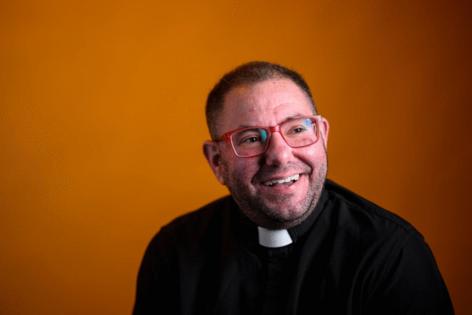
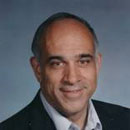
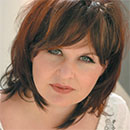
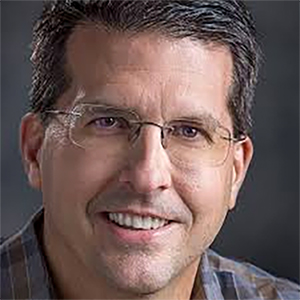
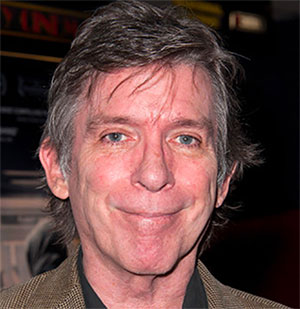
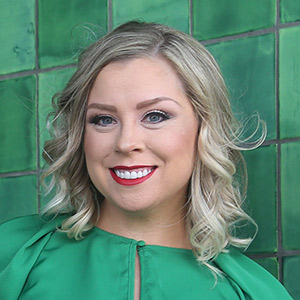

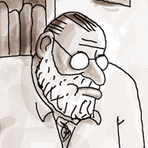

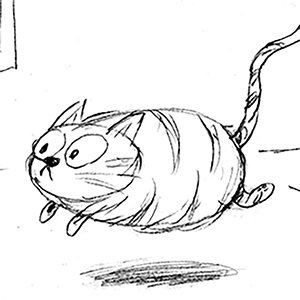
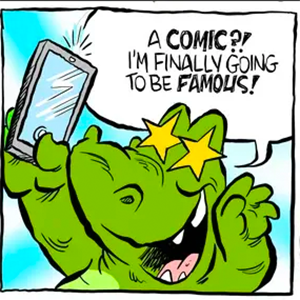
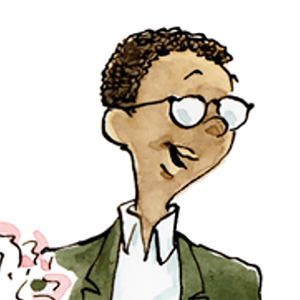

Comments